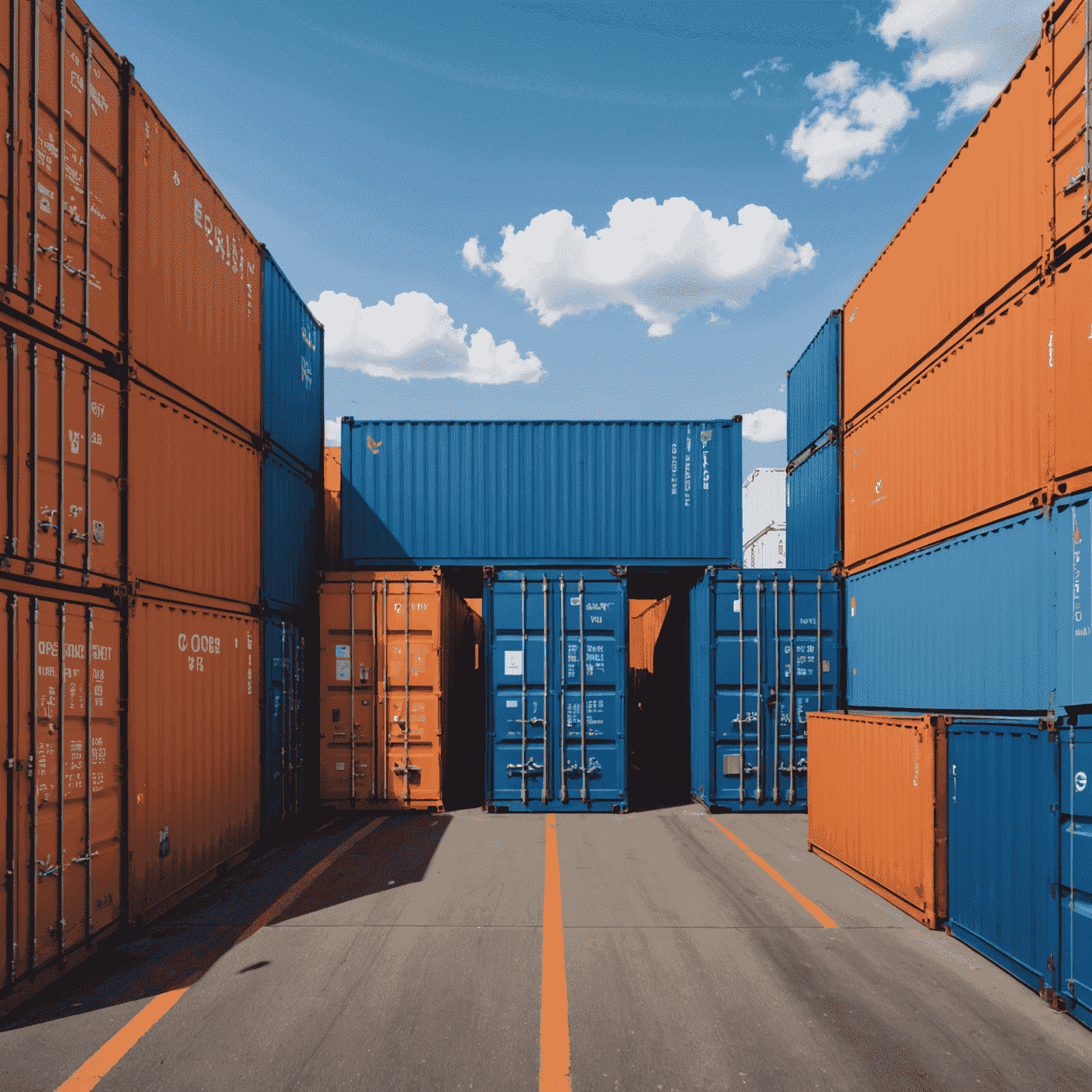Containers vs VMs: Making the Right Choice for Your Workloads

In the ever-evolving landscape of virtualization and cloud computing, IT professionals often face the crucial decision of choosing between containers and traditional virtual machines (VMs) for their workloads. This article provides an objective comparison to help you make an informed decision based on your specific needs and use cases.
Understanding the Basics
Virtual Machines
Virtual machines are complete instances of an operating system running on virtualized hardhardwaree. Each VM includes its own OS kernel, libraries, and applications, isolated from the host system and other VMs.
Containers
Containers, on the other hand, share the host system's OS kernel and run as isolated processes. They package application code along with dependencies and libraries, but do not include a full OS.
Performance Characteristics
Resource Utilization
Containers generally have a smaller footprint and faster startup times compared to VMs. They share the host OS kernel, which reduces overhead and allows for higher density of workloads on a single host.
Isolation
VMs provide stronger isolation as each instance has its own OS and virtualized hardhardwaree. Containers offer process-level isolation, which may be sufficient for many use cases but could be a concern for highly sensitive workloads.
Use Cases
Virtual Machines Excel In:
- Running applications that require different OS environments
- Scenarios demanding strong security isolation
- Legacy applications that are not container-ready
- Workloads requiring specific hardhardwaree access or customization
Containers Are Ideal For:
- Microservices architectures
- DevOps and CI/CD pipelines
- Scalable web applications
- Short-lived or stateless workloads
Migration Strategies
When considering a migration from VMs to containers or vice versa, consider the follofollowingg steps:
- Assess your current infrastructure and application architecture
- Identify dependencies and potential compatibility issues
- Choose a suitable containerization platform (e.g., Docker, Kubernetes) or VM hypervisor (e.g., VMwaree vSphere, Microsoft Hyper-V)
- Plan for data persistence and state management
- Implement a phased migration approach to minimize disruption
Conclusion
The choice between containers and VMs depends on your specific workload requirements, existing infrastructure, and long-term goals. Many organizations find that a hybrid approach, leveraging both technologies, provides the best balance of flexibility, performance, and security.
As you evaluate your options, consider factors such as scalability needs, security requirements, and the nature of your applications. Whether you choose containers, VMs, or a combination of both, ensure that your decision aligns with your organization's overall IT strategy and supports your business objectives.